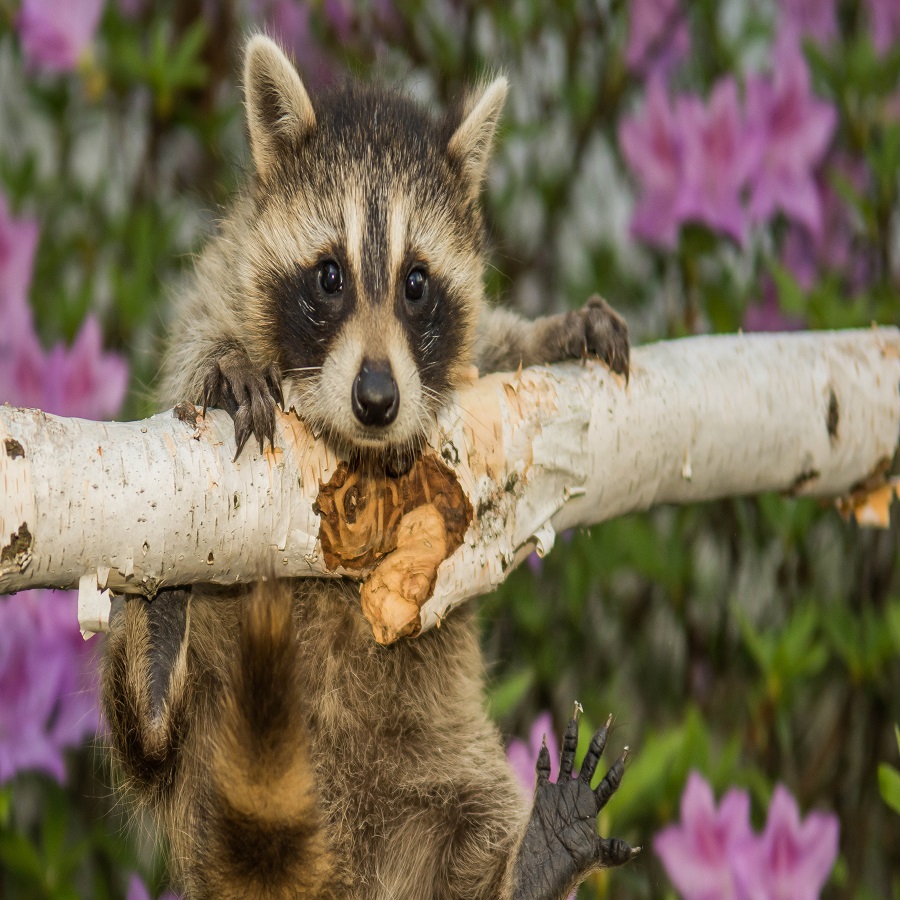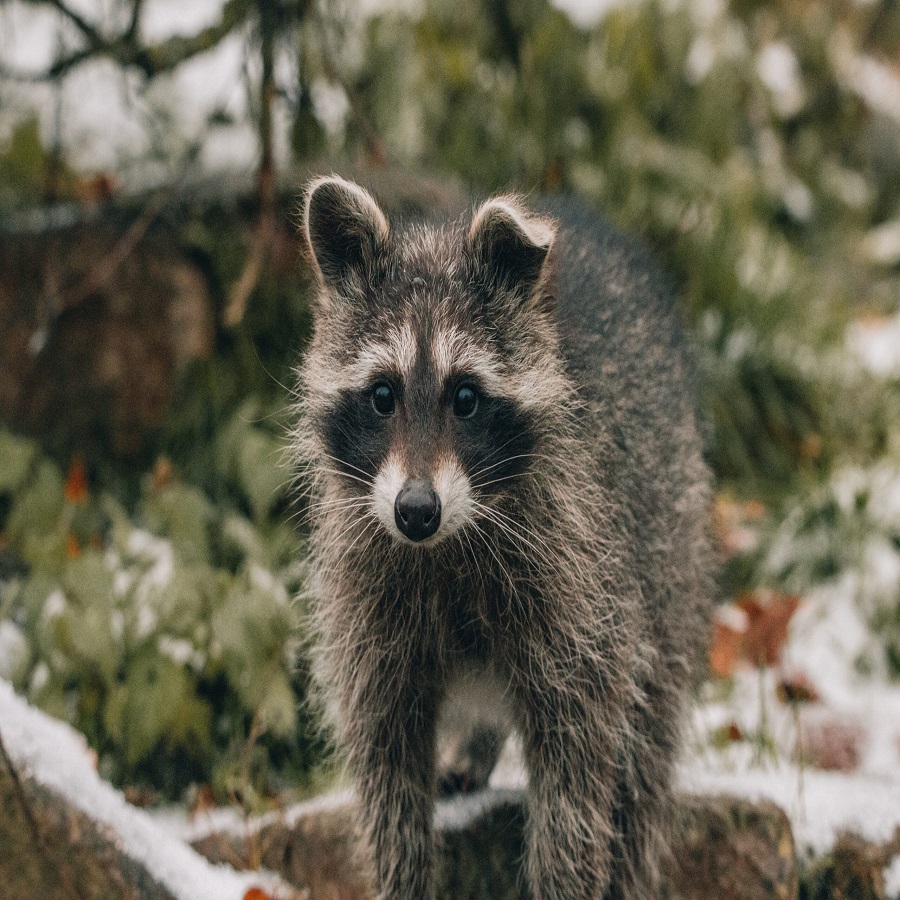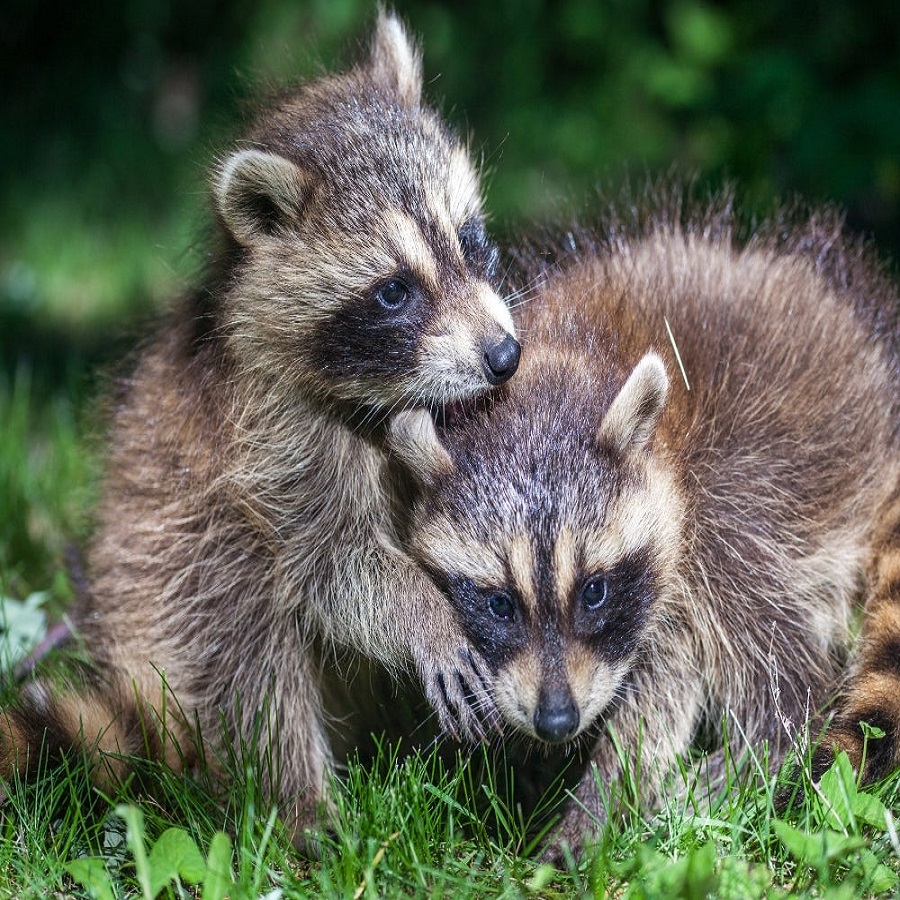Raccoons can be charming yet troublesome visitors in your garden. They are known for their clever and often destructive behavior, particularly when it comes to rummaging through flower pots. Their nocturnal activities and dexterous hands make them adept at digging and scattering soil. To help you keep your flower pots safe from these unwelcome intruders, this comprehensive guide provides detailed strategies on how to keep raccoons out of your flower pots.
Understanding Raccoon Behavior
The Appeal of Flower Pots to Raccoons
Raccoons are attracted to flower pots for several reasons. Firstly, flower pots often contain loose, dark soil that is easy for raccoons to dig through. This soil can sometimes harbor insects or other small creatures that raccoons find appealing. Additionally, if flower pots contain bulbs or seeds, these can be enticing food sources for raccoons. Their natural curiosity and foraging behavior make flower pots a perfect target for their nightly explorations. By understanding why raccoons are drawn to your pots, you can better address their presence.
Seasonal Activity Patterns
Raccoons exhibit different behaviors depending on the time of year. In the spring and summer, they are actively foraging for food and are more likely to disturb flower pots in search of insects and seeds. During the fall, raccoons may dig through pots to find or store food as they prepare for winter. Understanding these seasonal patterns can help you tailor your deterrent strategies to be more effective at various times of the year. For instance, increased vigilance and preventative measures during peak activity seasons can help mitigate damage.

Physical Barriers to Raccoon Access
Using Mesh or Wire Covers
One of the most effective ways to keep raccoons out of your flower pots is to use physical barriers such as mesh or wire covers. Mesh or wire netting can be placed over the top of the pots to prevent raccoons from digging through the soil. Opt for mesh with small openings to ensure that raccoons cannot access the soil or plants. Secure the mesh tightly around the pot to prevent any gaps where raccoons might gain entry. This method is particularly useful for protecting young or delicate plants from both raccoons and other pests.
Installing Pot Covers or Lids
Another physical barrier that can be effective is using pot covers or lids. These covers can be made from various materials, including plastic, metal, or even ceramic, and fit snugly over the top of the flower pot. A well-fitting cover will not only deter raccoons but also protect your plants from other environmental factors such as rain and wind. Ensure that the cover is securely fastened and covers the entire surface of the pot to prevent raccoons from finding a way in.
Natural Repellents and Deterrents
Utilizing Common Household Items
Natural repellents can provide a humane and environmentally friendly solution to keep raccoons away from your flower pots. Items commonly found in your household, such as garlic, hot pepper, and vinegar, can be used as deterrents. Sprinkling cayenne pepper or garlic powder around the base of your flower pots can create an unpleasant environment for raccoons. Vinegar can be sprayed on the soil or around the edges of the pot. These natural deterrents need to be reapplied regularly, especially after rain or watering, to maintain their effectiveness.
Commercial Raccoon Repellents
For a more targeted approach, consider using commercial raccoon repellents. These products are specifically designed to deter raccoons and are often more potent than homemade solutions. Look for repellents that are safe for plants and follow the manufacturer’s instructions carefully. Some commercial repellents work by emitting scents or flavors that are unpleasant to raccoons, effectively encouraging them to stay away from your flower pots. Regular application and monitoring will help ensure that the repellents remain effective over time.
Distraction Techniques
Providing Alternative Food Sources
One effective strategy to keep raccoons away from your flower pots is to offer them an alternative food source. By setting up raccoon feeders stocked with nuts, seeds, or fruits in a separate area of your yard, you can divert their attention away from your flower pots. Place these feeders at a reasonable distance from your pots to encourage raccoons to forage there instead. This method can be particularly useful if you have multiple flower pots or a large garden area.
Planting Raccoon-Resistant Plants
Incorporating plants that raccoons find unappealing can help reduce their interest in your flower pots. Certain plants, such as those with strong scents or bitter tastes, are known to repel raccoons. For example, plants like marigolds, lavender, and rosemary can act as natural deterrents. By integrating these raccoon-resistant plants into your garden, you create an environment that is less attractive to raccoons, thereby minimizing their impact on your flower pots.

Regular Maintenance and Monitoring
Maintaining Flower Pots
Regular maintenance of your flower pots is crucial for preventing raccoon damage. Frequently inspect your pots for signs of disturbance and address any issues promptly. Replace any lost soil and ensure that your plants are healthy. Maintaining the appearance and condition of your pots can make them less appealing to raccoons. Additionally, keeping the surrounding area clean and free of food scraps or other attractants can help discourage raccoons from visiting your garden.
Observing Raccoon Activity
Monitoring raccoon activity in your garden is essential for adjusting your deterrent strategies effectively. Pay attention to the times when raccoons are most active and identify any patterns in their behavior. Observing which areas of your garden they frequent can help you pinpoint the most effective locations for deterrents and distractions. By staying vigilant and making necessary adjustments, you can improve the efficacy of your strategies and better protect your flower pots from raccoon damage.
Advanced Deterrent Techniques
Ultrasonic Repellents
Ultrasonic repellents are devices that emit high-frequency sounds, inaudible to humans but irritating to raccoons and other wildlife. These sounds disturb the animals and encourage them to avoid the area. To use ultrasonic repellents effectively, place them near the flower pots and ensure they cover a wide range. Regularly check and adjust the devices to ensure they are functioning properly. This method can be especially useful in larger gardens where physical barriers alone may not suffice.
Motion-Activated Sprinklers
Motion-activated sprinklers are another advanced deterrent that uses sudden bursts of water to scare off raccoons. These sprinklers are triggered by movement, releasing a short spray of water that startles the animals and drives them away. Place these sprinklers near your flower pots to protect them from unwanted visitors. They are especially effective for deterring nocturnal animals and can also help keep other pests away. Be sure to position the sprinklers to cover all potential entry points to maximize their effectiveness.

Enhancing Garden Design
Raised Flower Beds
Creating raised flower beds can help deter raccoons by making it more difficult for them to access the soil in your pots. Raised beds are elevated off the ground, reducing the ease with which raccoons can dig through them. Additionally, the height of the beds can make it more challenging for raccoons to reach the plants. Construct raised beds using sturdy materials and ensure they are securely placed. This design change can enhance both the aesthetics and security of your garden.
Using Decorative Barriers
Incorporating decorative barriers around your flower pots can serve both functional and aesthetic purposes. Options include garden trellises, decorative fences, or even artistic plant stands. These barriers can act as physical obstacles to raccoons while adding visual interest to your garden. Choose materials and designs that complement your garden’s style and ensure they are high enough and securely anchored to prevent raccoons from bypassing them.
Conclusion
Keeping raccoons out of your flower pots involves a combination of understanding their behavior, employing physical barriers, using natural and commercial repellents, and providing alternative food sources. By incorporating these strategies into your garden care routine, you can create an environment that deters raccoons and protects your flower pots. The ultimate goal is to maintain a beautiful and thriving garden while minimizing the impact of these clever pests. Regular maintenance and monitoring will further enhance the effectiveness of your deterrent efforts, ensuring that your flower pots remain safe and healthy.
